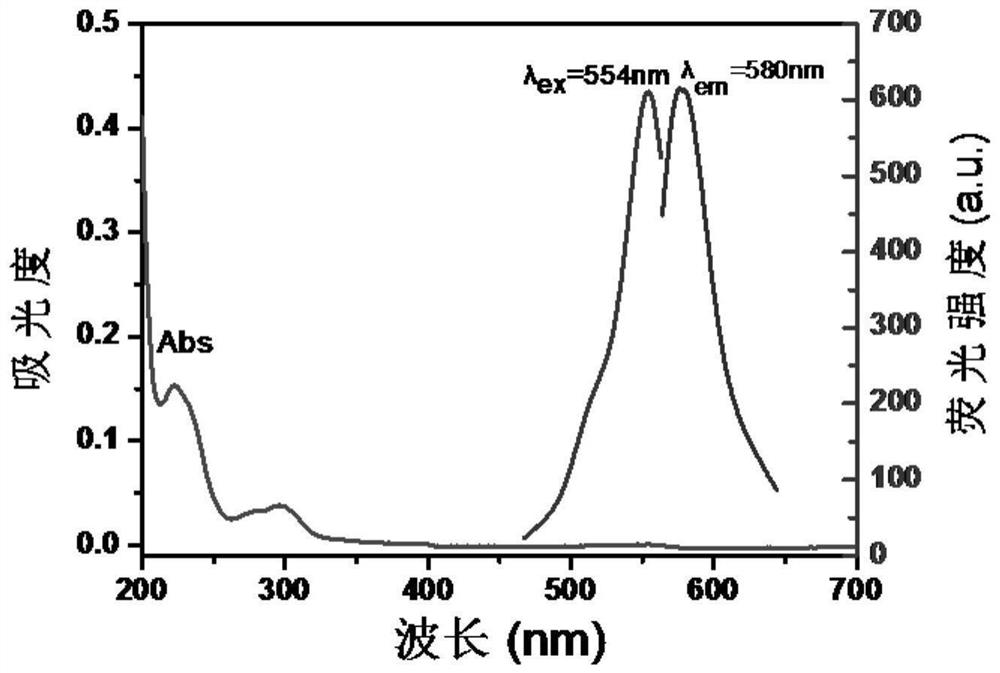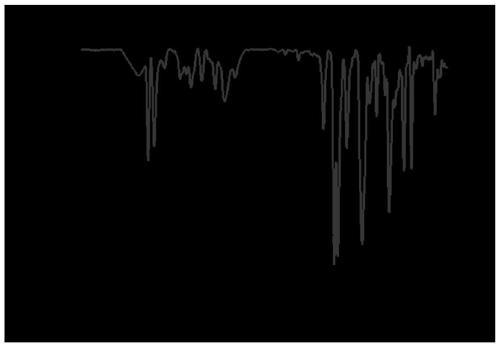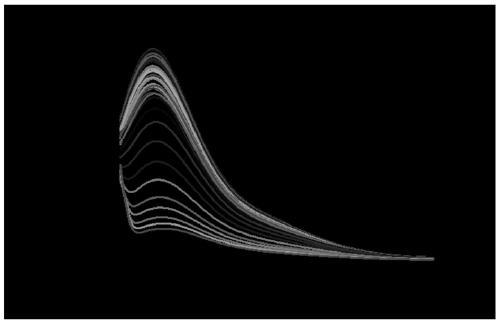Orange fluorescent carbon dot and application thereof in detection of peroxynitrite ions
A fluorescent carbon dot, orange technology, applied in the field of orange fluorescent carbon dots and its preparation, can solve the problems of poor sensitivity/selectivity, complex sample pretreatment, etc., and achieve the effects of environmentally friendly reaction conditions, easy promotion, and simple and effective synthesis methods
- Summary
- Abstract
- Description
- Claims
- Application Information
AI Technical Summary
Problems solved by technology
Method used
Image
Examples
Embodiment 1
[0029] Preparation method of carbon dots:
[0030] 1), put 0.03g rhodamine B and 0.05g p-aminophenol in a glass beaker, add ethanol, stir thoroughly and ultrasonically dissolve for 15 minutes;
[0031] 2) Transfer the above solution to a hydrothermal reaction kettle, place it in an oven, and react at 180°C for 10 hours;
[0032] 3) After the reaction stopped, the hydrothermal reaction kettle was left to stand, cooled to room temperature, filtered to remove insoluble matter, rotary steamed to obtain a dark pink solution, and filtered with a 0.22 μm filter membrane to obtain a pure aqueous solution of carbon dots;
[0033] 4) The target product is obtained after the above-mentioned carbon dot solution is freeze-dried.
Embodiment 2
[0035] Fluorescent carbon dots prepared in Example 1 were characterized by fluorescence excitation, emission and ultraviolet absorption spectra (see figure 1 ), the obvious absorption peaks of carbon dots at 221nm and 295nm can be attributed to the aromatic benzene ring sp 2 π-π* transitions and C-N bond n / π* transitions. The optimal excitation and emission wavelengths of CDs are 554nm and 580nm, respectively. Infrared characterization of the carbon dots (such as figure 2 ), the surface contains amino, carboxyl, and hydroxyl groups.
Embodiment 3
[0037] Get 3 mL of fluorescent carbon dot aqueous solution (0.1 mg / mL) prepared in Example 1 and place it in a fluorescent cuvette, then add 11.7 μL of different concentrations of ONOO dropwise to the fluorescent cup - (30-1070nM), mix well, and scan the emission spectrum (λ ex =554nm,λ em =580nm), according to ONOO - The relationship between the concentration and the relative fluorescence intensity change value was calculated for the carbon dots on ONOO - The detection range and detection limit (see image 3 ).
PUM
 Login to View More
Login to View More Abstract
Description
Claims
Application Information
 Login to View More
Login to View More - R&D
- Intellectual Property
- Life Sciences
- Materials
- Tech Scout
- Unparalleled Data Quality
- Higher Quality Content
- 60% Fewer Hallucinations
Browse by: Latest US Patents, China's latest patents, Technical Efficacy Thesaurus, Application Domain, Technology Topic, Popular Technical Reports.
© 2025 PatSnap. All rights reserved.Legal|Privacy policy|Modern Slavery Act Transparency Statement|Sitemap|About US| Contact US: help@patsnap.com



